Legislation that will integrate preschools and day care centers is going into effect soon. The Ministry of Education (MOE) recently came up with a draft bill, titled “Regulations for carrying out preschool education and care services,” which is set to formally go into effect as early as July. The drafted legislation clearly bans all-day English and bilingual education programs for preschool children. “All-day and half-day curriculums, and separate courses for foreign languages are not allowed,” and “teaching proficiency in reading, writing, and arithmetic is also not allowed”. The ministry also stipulates that Mandarin phonetic symbols (commonly known as bopomofo) should not be taught until 10 weeks before beginning the first grade, and that writing should not be included in any preschool curriculum.
In order to keep children strong and healthy, the MOE also proposes that preschools include at least 30 minutes of daily aerobic exercise that makes the children perspire, as well as warm-ups and stretching done both before and after exercise. Officials from the MOE’s Department of Elementary Education say that studies show how aerobic exercise for an extended period of time enhances children’s metabolism as well as their bone and muscle health, and that it is beneficial for their overall health and physical strength.
The Early Childhood Education Act prohibits public preschools (four to five years old) from having all-day English programs, but currently somewhere in the legal gray area are private preschools and day cares (two to five years old), which are rife with all-day English and bilingual programs. Huang Tzu-teng, director of the Department of Elementary Education, says that the ministry is standardizing preschool curriculums in a more concise manner, banning all-English and bilingual education programs. They propose that language education should begin with what is most familiar to a child before teaching them something that is less familiar, placing the most emphasis on learning the national language — Mandarin — and should avoid a “no Chinese” policy, which is said to have a negative impact on preschool children’s Mandarin education.
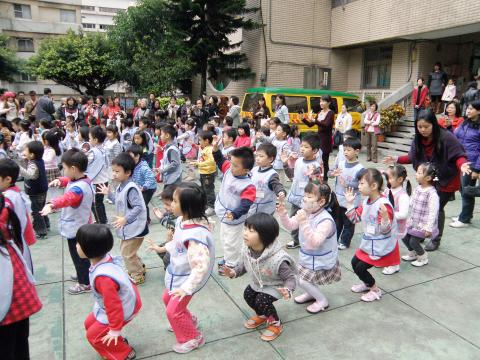
Photo: Yu Chao-fu, Liberty Times
照片:自由時報記者俞肇福
The MOE says that if preschools want to expose preschool children to foreign languages, they should avoid forcing them to learn something for which they have no capacity to learn. The ministry suggests having children listen to songs, telling them stories, or playing games rather than using all-day, half-day or separate courses for teaching a foreign language.
The MOE also believes that teaching Mandarin phonetic symbols too early may have a negative impact on a child’s learning Chinese, for example, causing them to make mistakes when it comes to the proper order for writing the symbols and their pronunciation. They also say that preschools should not allow teaching materials or curriculums that include excessive reading, or that allow children to pick up a pen or calligraphy brush to write, because preschool children have not fully developed physically or visually, adding that preschools must also avoid serving as preparatory programs for elementary school.
The new standards are to be formally announced in July. County and city governments will be in charge of making sure the new regulations are followed. If a preschool breaks the law, it will be fined between NT$3,000 and NT$30,000.
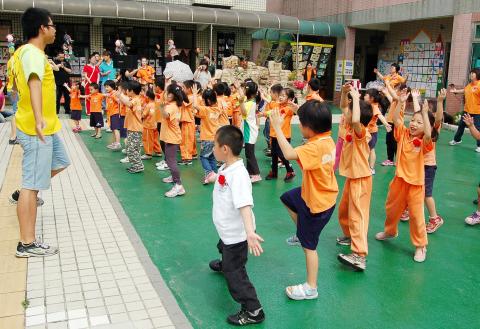
Photo: Hsieh Feng-chiu, Liberty Times
照片:自由時報記者謝鳳秋
(Liberty Times, Translated by Kyle Jeffcoat)
幼托整合今年上路,幼稚園與托兒所整合為幼兒園,教育部近期擬定「幼兒園教保服務實施準則」草案,最快七月公告實施,明令幼兒園的學齡前兒童禁止全美語或雙語教學,「不得採全日、半日或分科之外語教學」,而且幼兒園「不得進行以精熟為目的之讀、寫、算教學」,注音符號應等到小一前十週才教,且不宜納入握筆寫國字的課程。
為強健幼兒健康體魄,教育部另訂,幼兒園每日應提供幼兒三十分鐘以上的出汗性大肌肉活動時間,且在活動前後,應安排暖身及緩和活動。教育部國教司官員強調,研究顯示,長時間有氧的大肌肉活動,能促進幼兒新陳代謝及骨骼肌肉強健,有助健康體能。
儘管幼教法禁止幼稚園(四至五歲)全美語教學,但目前私立幼稚園及托兒所(二至五歲)處於灰色地帶,而普遍充斥全美語或雙語教學,教育部國教司長黃子藤指出,教育部更清楚規範幼兒園課程,明訂學齡前教學應避免全美語或雙語教學,語言學習原則是由親到疏,以本國語文為主,避免「No Chinese」環境影響幼兒對本國語文能力的發展。
教育部指出,為免揠苗助長,幼兒園如要提供幼兒接觸外語的機會,應以聆聽歌謠、說故事及遊戲等方式融入教學,不能採全日、半日或分科的外語教學。
另外,對「ㄅ、ㄆ、ㄇ」等注音符號,教育部認為,幼兒太早學注音符號,可能產生負面效應(例如錯誤筆劃、發音等),且幼兒身體動作及視力發展均未成熟,幼兒園不宜納入讀字過多或握筆寫國字的教材與課程,避免淪為國小的先修學習。
新準則預計七月公告,未來由縣市展開稽查,若有幼兒園違規,依法可開罰新台幣三千至三萬元不等。
(自由時報記者林曉雲)

A: While Taylor Swift’s new album conquers the Billboard charts, Billboard Live Taipei is set to open next month. B: Isn’t that a Japanese “live house” of the same name with the magazine? A: Yup, and the live music club’s first Taiwanese branch can accommodate 300 guests. B: Who will be performing at the club’s opening show? A: Japanese singer Mika Nakashima will play four gigs over two nights. Wanna go to the club and watch her perform up-close? A: 天后泰勒絲的新專輯再度征服《告示牌》排行榜,告示牌音樂台北則預計將在下月開幕。 B: 那不是跟《告示牌》同名的日本現場音樂餐廳嗎? A: 對,這家連鎖餐廳的台灣首店約可容納300名觀眾! B: 開幕秀的表演者是誰? A: 是日本歌手中島美嘉,想近距離看她現場演出嗎? (By Eddy Chang,
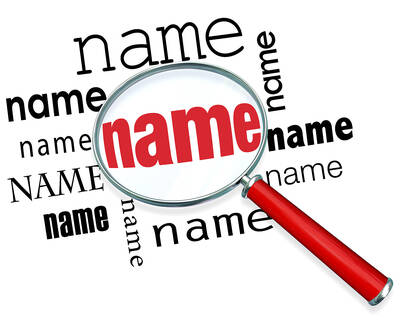
In his famous tragic play Romeo and Juliet, the English playwright William Shakespeare wrote, “What’s in a name?” As it turns out, there is quite a lot in a name, particularly a surname, which is commonly known as a person’s last name in Western societies. A surname is written after the first name, which is also referred to as a given name or, traditionally, a Christian name. A closer look at the history of surnames reveals some fascinating insights into their origins. It may come as a surprise to some that up until about 1,000 years ago, surnames were
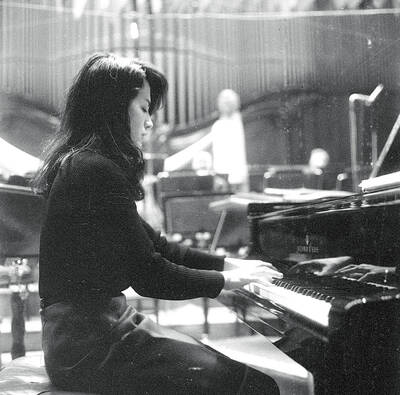
Rehearsal time is over. The world’s best and most ambitious young pianists have descended on Warsaw for the Frederic Chopin International Piano Competition — for some, a gateway to classical music glory. Fans from around the globe snapped up tickets as much as a year ago. The lucky ones attended the opening night concert on Oct. 3 and will follow along as the contest builds to a thrilling climax on Oct. 20. Winning the Chopin International — held every five years in the 19th-century composer’s homeland — can raise the curtain to playing at venues across the globe and signing contracts
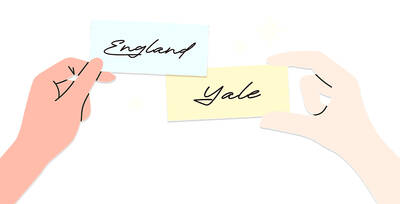
Continued from yesterday(延續自昨日) https://www.taipeitimes.com/News/lang While many early surnames in England were strongly influenced by the work people did, like Carpenter or Plumber, jobs were not the only factor. Physical characteristics, personal nicknames, geographical locations and even parents’ first names also played a role. It’s not hard to imagine how the color of a person’s hair could have led to a surname like “Redhead” or “White,” while a darker complexion might have resulted in the last name “Black.” Meanwhile, someone known as a quick runner might have earned the surname “Swift,” while a clever or cunning individual could have been called “Fox”